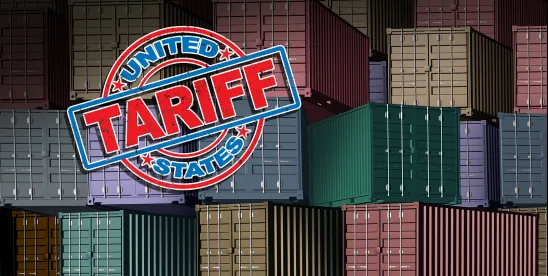On April 2, 2025, U.S. President Donald Trump announced his tariff policy for numerous countries. In the case of Mexico, exported products that comply with the USMCA regulations are exempt from tariffs, which are approximately half of Mexico’s exports to the United States.
Products exported from Mexico that do not qualify as originating under USMCA provisions will be subject to a 25% tariff. Previously, these products were subject to a 2.5% tariff rate. The 25% tariff on products not protected under the terms of the USMCA, which account for half of Mexico’s exports to the U.S., and have an estimated value of US$300 billion, was enacted by Trump to press Mexico on preventing fentanyl trafficking and undocumented migration. If Mexico continues working with the U.S. on issues of fentanyl and unauthorized immigration, products not protected by the USMCA will be lowered to a 12% tariff rate. Manufacturers and other producers may address compliance with USMCA regulations, but this will not be simple and in the process, could become less competitive and lose market share.
Mexico had a slightly better outcome as it relates to tariffs in comparison with other countries. President Trump’s announcement could potentially usher in new investment opportunities for Mexico, particularly by international companies involved in the export of manufactured products to the U.S. severely affected by tariffs. Countries such as Taiwan (32% tariff), Vietnam (46% tariff), and South Korea (25% tariff), among others, which export approximately US$380 billion in products to the U.S. could potentially look to relocate manufacturing operations to Mexico to bypass tariffs for exporting to the U.S. under the USMCA rules.
The current trade landscape is highly complex. Multinational companies will need to find ways to remain competitive and keep market share while assessing what their global operations may look like in the future.





 />i
/>i
